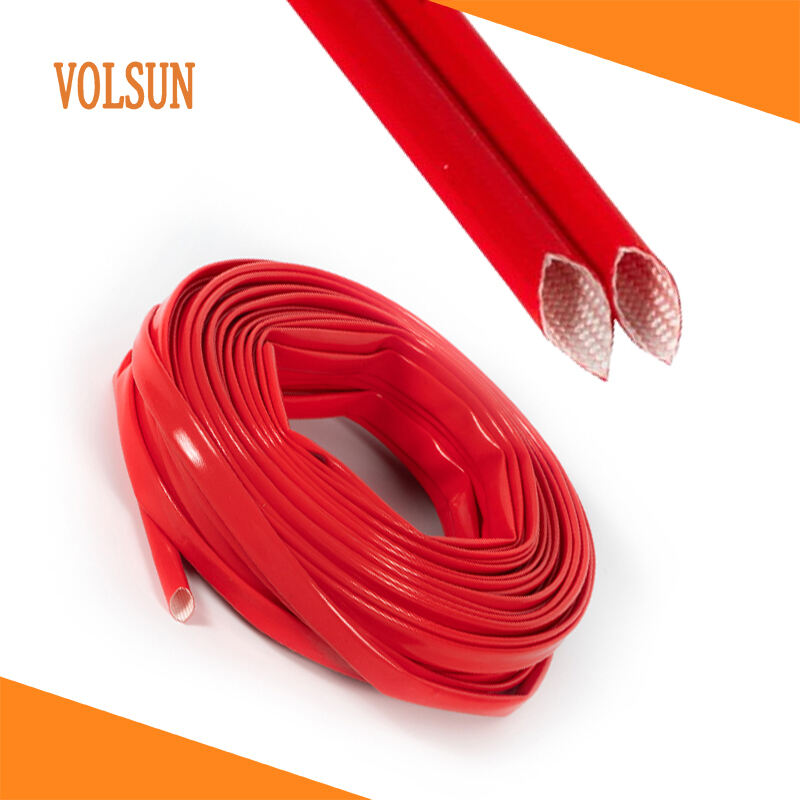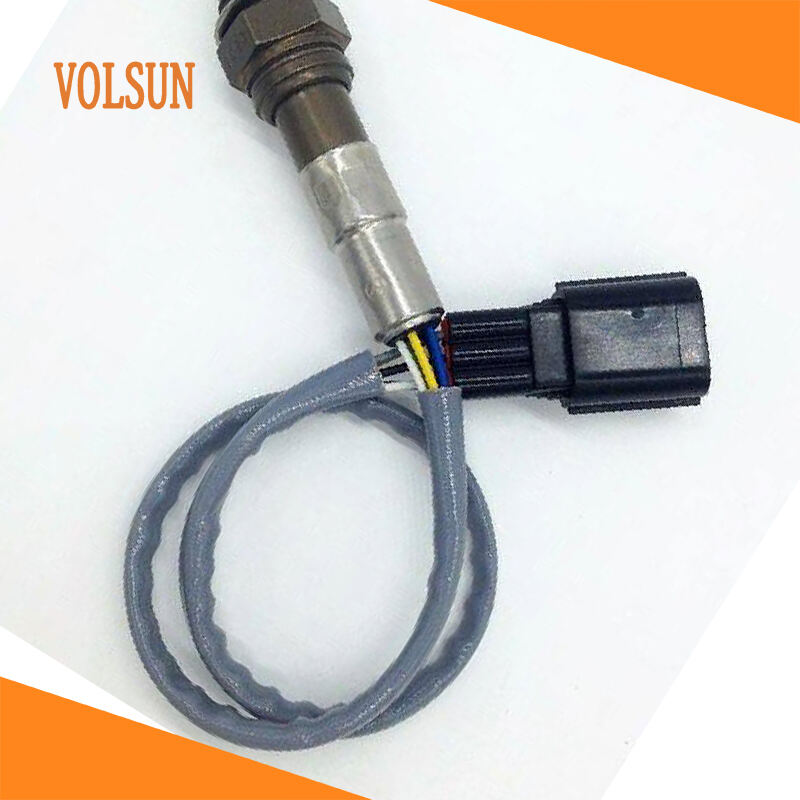Why Is Fiberglass Sleeving Used For Fire Door Sealing?

The remarkable strength of fiberglass sleeving lies first and foremost in its extraordinary resilience. During the daily opening and closing of the door leaf, it provides long-lasting elastic support, ensuring a tight closure. Unlike traditional sealing materials that melt or fail at high temperatures, fiberglass is inherently heat-resistant. Our fiberglass sleeving undergoes a special treatment process, preventing the release of toxic gases when heated and effectively preventing the spread of smoke, buying valuable time for evacuation and fire rescue efforts.
A fire door's value depends on its weakest link," a fire safety assessment expert stated. "The sealing performance of the door gap is directly related to the integrity and thermal insulation rating of the fire door." In actual testing, fire doors filled with fiberglass sleeving demonstrated significantly improved sealing performance compared to conventional products.

In addition to its excellent fire-proof sealing performance, our fiberglass sleeving solves installation challenges that have long plagued manufacturers. Its flexibility allows for flexible filling to conform to the door frame shape, simplifying installation. Furthermore, the material is highly durable and will not deteriorate due to temperature fluctuations or the passage of time, truly achieving the goal of "install once, protect for life."
This solution has been adopted by several renowned fire door manufacturers and has been successfully applied in commercial complexes, hospitals, schools, high-rise residential buildings, and other locations. One client commented, "Since adopting fiberglass sleeving as the door frame infill material, the overall sealing performance of our fire doors has been greatly improved, which has become our core competitive advantage.
If you would like to learn more about the technical details or practical examples of using fiberglass sleeving in fire door seals, please feel free to contact our sales team.






